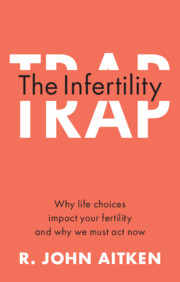Chapter 2
Published online by Cambridge University Press: 05 May 2022
Summary
A journey into the demographic heart of the matterDespite 300 years of unrelenting population growth, the world is now witnessing an unprecedented decline in human fertility. Counterintuitively, the global population continues to grow because infant mortality rates are low, lifespan is increasing, and population momentum is high. The net effect of all these factors acting together is that while global fertility rates are falling, the world’s population will level off at around 11 billion by 2100. After this zenith has been reached, the population is projected to go into rapid decline and develop a ‘super-aged’ structure. The wealthiest nations on Earth will not, as at present, be able to bolster their populations with skilled immigration programs because the traditional wellsprings of humanity, such as India, China, and Africa, will be suffering their own depopulation crises. As a result, by the end of the century, a vast majority of countries will be exhibiting fertility rates below replacement level with little chance of stabilization. Indeed, the major drivers for global fertility decline are only intensifying with the passage of time in the wake of increased global prosperity. This raises fundamental questions about the nature of these drivers and whether they can be controlled.
- Type
- Chapter
- Information
- The Infertility TrapWhy life choices impact your fertility and why we must act now, pp. 11 - 53Publisher: Cambridge University PressPrint publication year: 2022

